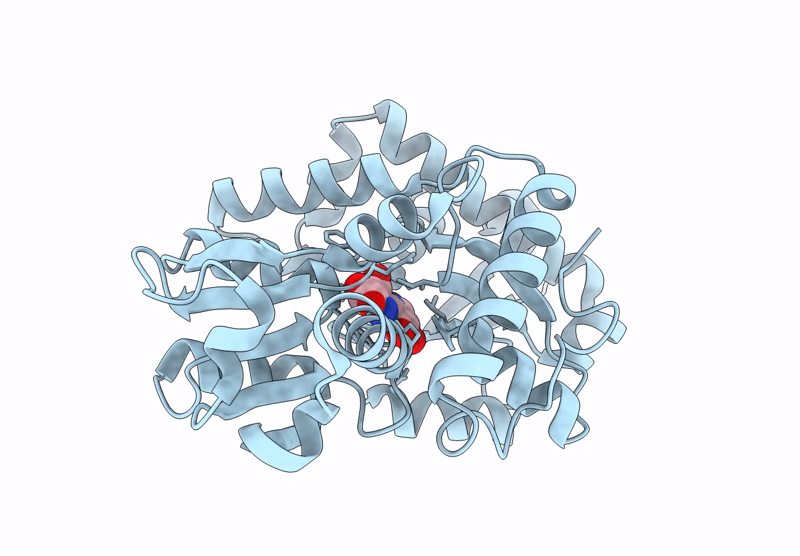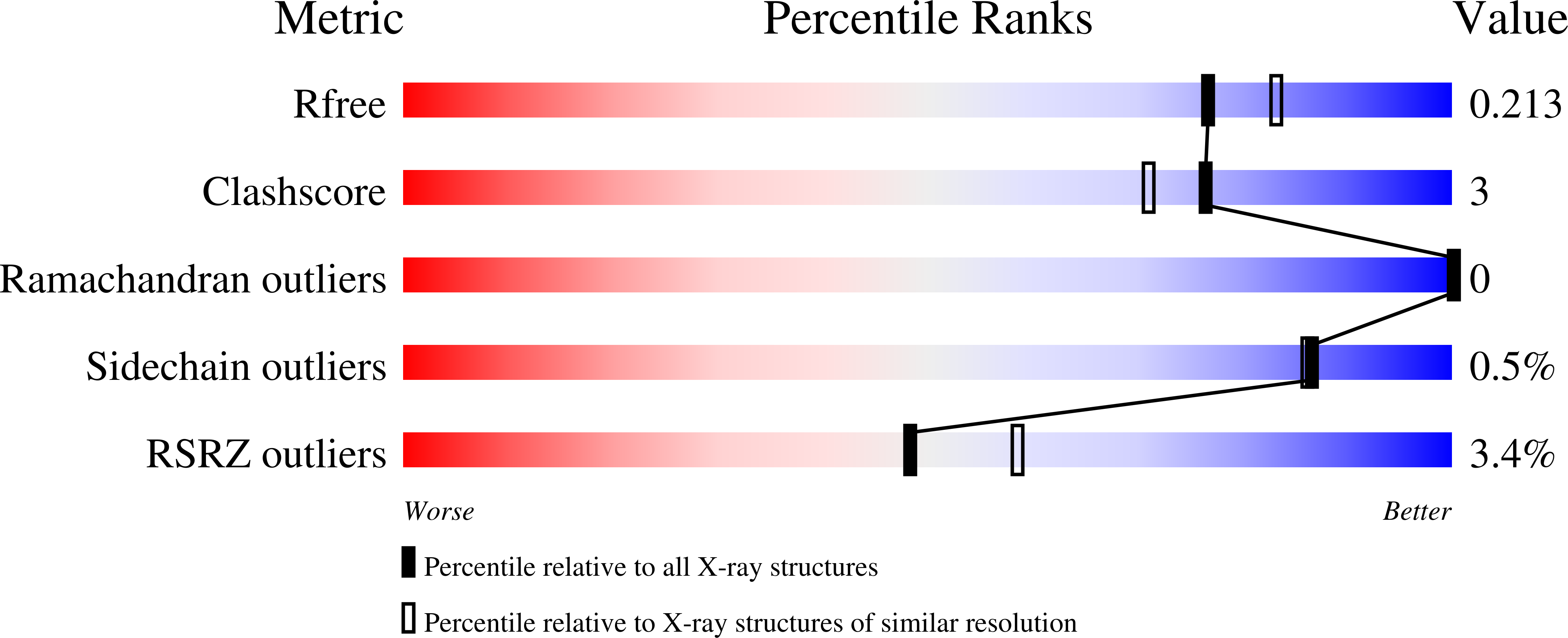
Deposition Date
2025-05-16
Release Date
2025-10-15
Last Version Date
2025-10-29
Entry Detail
PDB ID:
9OOZ
Keywords:
Title:
Crystal structure of PqqT Y161W Variant with PQQ bound
Biological Source:
Source Organism:
Methylorubrum extorquens (Taxon ID: 408)
Host Organism:
Method Details:
Experimental Method:
Resolution:
1.98 Å
R-Value Free:
0.21
R-Value Work:
0.19
R-Value Observed:
0.19
Space Group:
P 21 21 2


